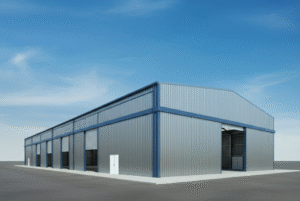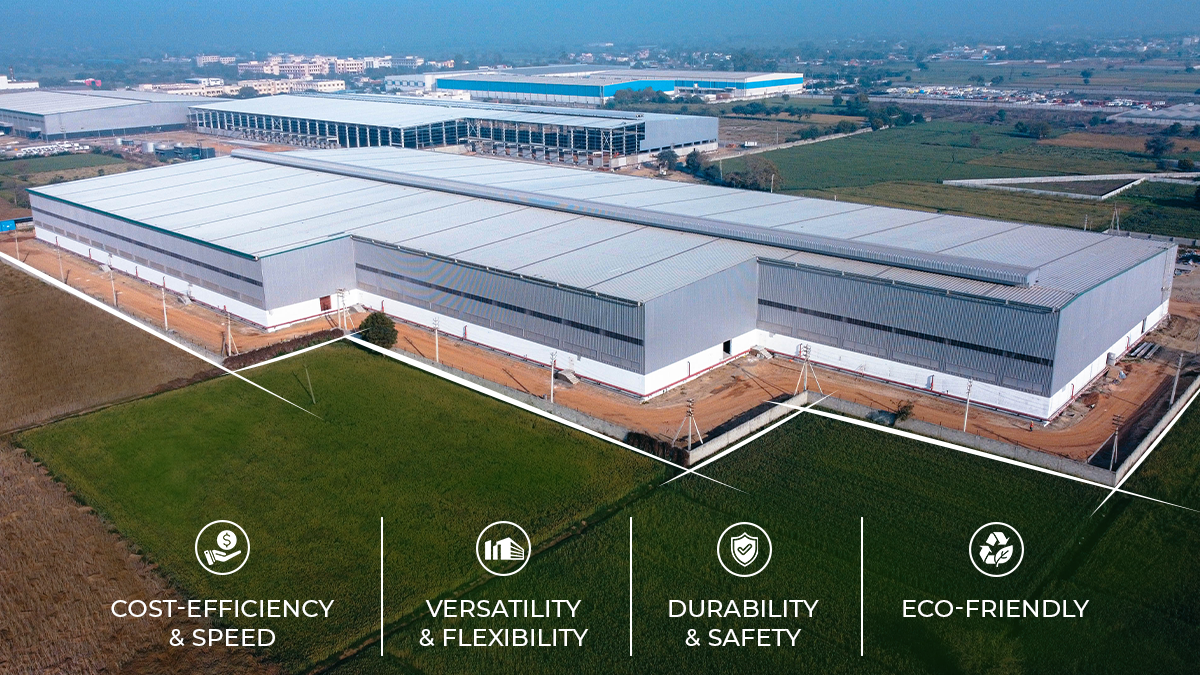
Survey: Most AEC Firms Aren’t Quite Prepared for AI Revolution
[ad_1]

Software and artificial intelligence provider BST Global’s recent AI Summit in Palm Beach, Fla., granted attendees optimistic visions regarding future work processes and capabilities, along with mixed findings from its survey focusing on the current state of AEC firms’ overall readiness for adoption of generative AI tools.
“Our industry is in the process of a transformation, one that will upend the industry’s underlying business model and reimagine the future of work,” Javier A. Baldor, BST Global’s chief executive officer, told summit attendees, adding: “Make no mistake—that transformation will happen.”
How smoothly individual firms may transform themselves is more of an open question, though.
Citing a recent McKinsey survey, Baldor told the audience, “Leaders are actually four times more likely to cite employee readiness as a barrier to Gen AI adoption rather than their own issues with leadership alignment. And only 1% of leaders characterize their Gen AI rollouts as mature. That’s startling.”
A new business model awaits, Baldor added, stating: “Imagine when Gen AI and other emerging technologies deliver productivity gains of 10%, 20%, 30%, 40% and you are still delivering projects on a time-materials basis. In my opinion, that’s a race to the bottom—and a business model that’s completely unsustainable.
“I firmly believe the future business model for our industry lies in a value-driven lump-sum or gain-share model,” he added. “It’s the only way to realize the promise and prize of AI in our future.”
Survey Results
To discern industry’s state of overall readiness, BST partnered with the American Council of Engineering Companies’ technology committee to survey AEC firms regarding their preparation and AI adoption efforts. Also participating in the survey were members of BST’s recently established AI + Data Consortium group, which includes AECOM, AtkinsRealis, ARUP, Gensler, Parsons, Ramboll, Stantec and WSO.
The result of the survey, BST Global’s AI + Data Insights 2025 report, showed that while many firms recognize AI’s importance, a large percentage of them are still in the early stages of adoption and use. For example, on the one hand, 82% of respondents expect an AI-driven industry transformation, with 78% of respondents expecting that to happen within five years.
At the same time, the survey found that “only about 20% of respondents claimed readiness at a mature or advanced level, with most indicating that their firms are still in the pilot or exploration stage.”
Additionally, the report states that “Almost all respondents (91%) cited ‘identifying use cases with business value’ or ‘proving business value’ as a top barrier to AI adoption.”
Adoption Challenges
At the summit, Nasrine Tomasi, Mott MacDonald’s head of AI, addressed the topic of “responsible AI” with perspective on the firm’s experience with AI over the past several years.
Early on during Mott MacDonald’s process of adopting AI tools, she said, “I realized that a lot of people were actually quite concerned by this AI thing. ‘What does it mean for me, for my business? What does it mean for our business model? How do we deal with cybersecurity’ and the like?'”
At the same time, Tomasi says, other employees were excited about AI, which prompted the question of “How do we actually accelerate on (AI)? We realized that we could not leverage the opportunity without managing the risk. So we decided to actually focus on the risk component, managing this risk to actually work on the opportunity side of things.”
“For business value, we had to decide where we wanted to position ourselves in the AEC sectors,” she said. “What does it mean for our workforce and our strategy when it comes to people?”
The number of questions that firms will need to ask themselves regarding their own AI adoption efforts will be numerous, Baldor says.
“There are so many more use cases and possibilities with these super agents to transform project delivery and even the job site of the future where humans will work seamlessly with these super agents and robots to improve job site safety and project outcomes,” he says. “It’s not only possible, it’s coming in a big way.”
[ad_2]
Source link
Post a Comment
You must be logged in to post a comment.






